Best Cities for Real Estate Investment in Germany are bustling with opportunities that can take your investment game to the next level. Take Berlin, for example, where the combination of a growing population and a vibrant startup scene has led to a steady increase in property values—around 10% in the last year alone. Then there’s Munich, consistently ranked as one of the most livable cities in the world, where the demand for rental apartments is skyrocketing due to a booming job market and an influx of high-income professionals. It’s no wonder that average prices here have surged to over €5,000 per square meter.
But the real gems might be cities like Leipzig and Frankfurt. Leipzig has been dubbed the “next Berlin,” with a migration rate of about 2% per year, making it a hotspot for investors thanks to its affordable properties and vibrant culture. Meanwhile, Frankfurt, the financial heart of Germany, boasts one of the lowest vacancy rates in the country at just 1.9%. This tight market means your prospects for return on investment are looking pretty solid. So, whether you’re eyeing the cosmopolitan vibes of Berlin or the promising potential of Leipzig, Germany’s real estate scene has something valuable to offer.
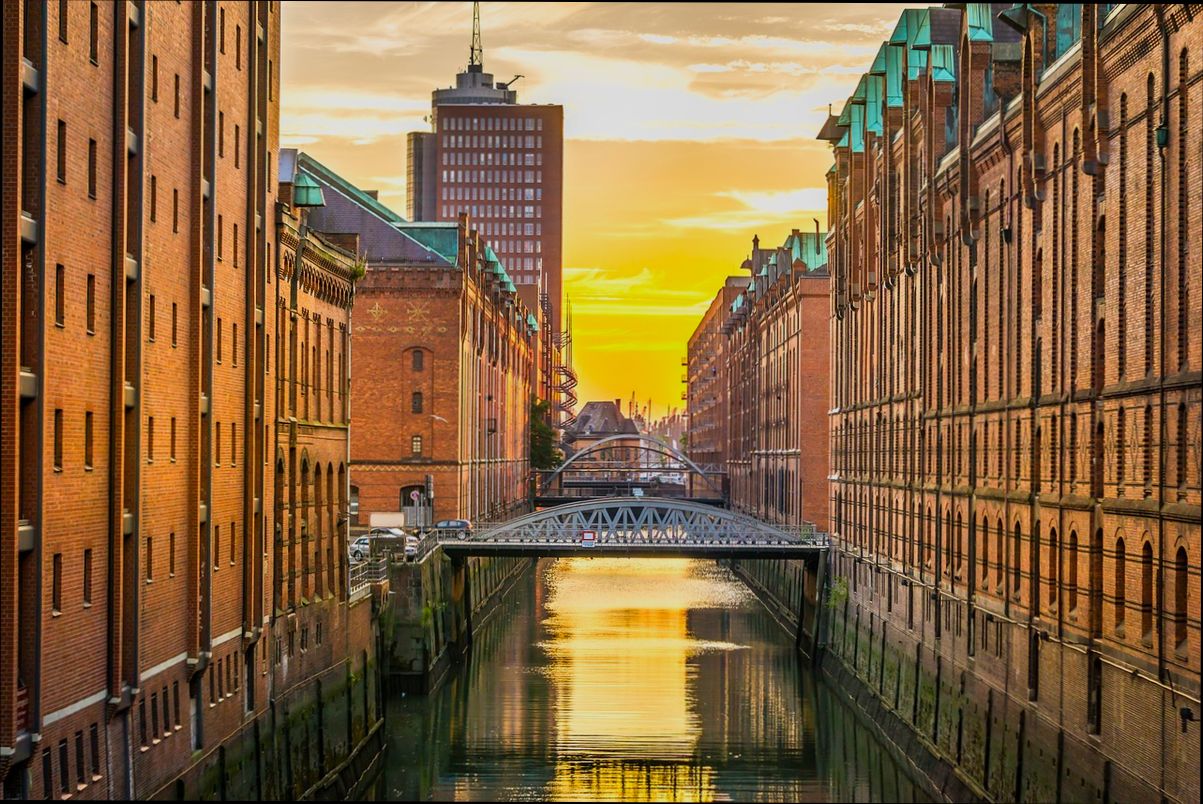
Emerging Markets in German Cities
When we talk about emerging markets in German cities, we’re diving into regions beyond the well-trodden paths of Berlin and Munich. These cities offer unique opportunities for real estate investment, driven by demographic shifts and evolving economic landscapes that promise potential returns. Let’s explore the cities making waves in the property sector.
Key Trends Shaping Emerging Markets
1. Growing Demand in Secondary Cities: Cities like Leipzig, Dresden, and Bremen are not only affordable but are also seeing increasing rental activity. In fact, demand for rentals in these cities has surged due to their appeal for younger populations and families seeking a balance of urban amenities and lower living costs.
2. Rental Growth Rates: In these emerging markets, rental prices aren’t stagnant. For instance, new contract rents in smaller cities rose by 6% in 2024, making them attractive to both tenants and investors looking for consistent returns.
3. Diverse Tenant Profiles: The rise in single-person households contributes significantly to rental demand. Newer developments in these cities specifically cater to this demographic, which is expected to grow in the coming years.
4. Government Policies Influence: Upcoming federal elections in 2025 could reshape housing policies, impacting emerging markets. Investors should stay informed about regulations that could either facilitate or hinder developments in these areas.
5. Investor Interests in Energy-Efficient Properties: There’s a notable trend toward energy-efficient buildings. Properties meeting eco-friendly standards tend to have higher demand, attracting tenants who value sustainability.
Comparative Table of Emerging Markets
| City | Average Rent Increase (2024) | Focus Demographic | Key Amenities |
|---|---|---|---|
| Leipzig | 6% | Young professionals | Cultural hubs, tech start-ups |
| Dresden | 5% | Families and retirees | Historical sites, green spaces |
| Bremen | 4% | Students and young families | Educational institutions, parks |
Real-World Examples
- Leipzig’s Transformative Growth: Known as “the new Berlin,” Leipzig has experienced an influx of creative professionals and students. This demographic shift has led to a robust rental market where vacancy rates are dipping significantly, making it a hotbed for investment.
- Dresden’s Appeal: With its rich historical background and a strong educational sector, Dresden is attracting families looking for quality living. The construction of new family-friendly developments in the vicinity of schools and parks is creating a thriving rental market.
- Bremen’s Strategic Developments: Known for its port and trade, Bremen encourages investments in logistics and residential sectors. Developers are increasingly focusing on creating multifunctional spaces that cater to both living and working needs.
Practical Implications for Investors
Focusing on emerging markets in German cities can provide a competitive edge. Here are some actionable insights:
- Research Local Markets: Keep an eye on rental trends in smaller cities. Understanding demographic shifts will help you pinpoint ideal investment opportunities.
- Consider Long-term Rentals: With sustained rental demand, investing in long-term rental properties can yield consistent income streams.
- Watch for Policy Changes: Anticipate how the 2025 elections might alter regulations impacting housing development, as this can significantly affect your investment decisions.
- Invest in Energy-efficient Properties: Properties with green certifications are becoming increasingly desirable. Look for opportunities that align with sustainability trends.
By honing in on these emerging markets, you can place yourself at the forefront of the evolving German real estate landscape, turning challenges into profitable ventures.
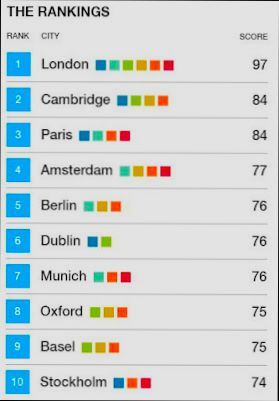
Real Estate Investment Success Stories
Let’s dive into some remarkable success stories in real estate investment across Germany. These narratives not only highlight impressive returns but also reveal the strategies that investors have employed to thrive in this dynamic market.
Key Success Stories
- Düsseldorf: One of the standout success stories comes from investors who purchased residential properties in Düsseldorf’s rapidly appreciating neighborhoods. Over the past five years, property values rose by an astounding 20%, leading to average rental yields of around 4.5%. These investors capitalized on the city’s booming job market and a growing demographic, allowing them to realize significant capital appreciation alongside a steady rental income.
- Leipzig: A group of savvy investors identified Leipzig as an undervalued market in 2018. Their commitment to renovating old buildings, particularly in the Innenstadt area, resulted in properties that now attract tech professionals and creatives. The initial investment of €200,000 in a triplex has appreciated by about 35%, alongside rental prices that have soared by approximately 6% annually due to increased demand.
- Nuremberg: An investor focused on acquiring commercial real estate in Nuremberg saw substantial returns from a mixed-use property. After a strategic renovation, the commercial spaces achieved a 99% occupancy rate, leading to an increase in revenue by about 50% in just two years. Investors here reported an impressive ROI of nearly 8% due to the city’s vibrant local economy and influx of new businesses.
| City | Average Property Value Increase | Average Rental Yield | Notable Investment Type |
|---|---|---|---|
| Düsseldorf | 20% | 4.5% | Residential |
| Leipzig | 35% (triplex) | 6% | Residential/Commercial |
| Nuremberg | 50% (mixed-use) | 8% | Commercial |
Real-World Examples
- Frankfurt: An investor who purchased a small apartment in Frankfurt’s Sachsenhausen district in 2016 saw their property’s value increase by 30% as the city’s financial sector boomed. Beyond just resale value, annual rental income grew by 5%, solidifying this investment as a dual success.
- Hamburg: In a creative move, an investor transformed an old warehouse into luxury lofts in Hamburg’s HafenCity. This unique approach not only resulted in skyrocketing property values but also attracted affluent tenants willing to pay premium rents, yielding a 7% return within three years.
Practical Implications for Investors
Understanding these success stories helps illuminate actionable paths for aspiring investors. Focus on emerging neighborhoods ripe for redevelopment, invest in high-demand sectors (like mixed-use properties), and always look for opportunities where a unique renovation can unlock untapped value.
Actionable Advice
- Research neighborhoods with planned infrastructure improvements or businesses moving in that signal growth.
- Consider diversification in property types (i.e., residential vs. commercial) to mitigate risk and maximize returns.
- Engage with local real estate networks to uncover off-market opportunities that could yield significant investment returns.
By learning from these success stories, you can chart a path for your real estate investments that is both strategic and promising in Germany’s evolving market landscape.

Key Economic Indicators for Investors
Understanding key economic indicators is essential for making informed real estate investment decisions. These indicators can provide insights into market trends, consumer behavior, and overall economic health, all of which are crucial for predicting property value appreciation and rental demand in Germany.
Important Economic Indicators to Track
1. Gross Domestic Product (GDP): In Germany, the real GDP growth rate was approximately 1.9% in 2022, reflecting a steady expansion of the economy. A rising GDP generally signals a healthy economy, which can lead to increased property values.
2. Unemployment Rate: As of the latest reports, Germany’s unemployment rate is hovering around 4.5%. A low unemployment rate typically indicates that more individuals are employed and capable of purchasing homes or renting, thus increasing demand.
3. Consumer Confidences Index: The recent consumer confidence index in Germany stands at 91.5. Higher consumer confidence suggests that people feel more optimistic about their financial situations, impacting their willingness to invest in real estate.
4. Inflation Rate: Germany’s inflation rate was recently recorded at 7.4% year-over-year. A higher inflation rate can impact property prices; while it may initially drive prices up, prolonged inflation can also reduce purchasing power and dampen demand.
5. Interest Rates: The European Central Bank (ECB) has recently adjusted interest rates to 3.5%. Lower interest rates encourage borrowing for mortgages, increasing the likelihood of real estate investments in cities where rates are favorable.
| Indicator | Value | Significance |
|---|---|---|
| Real GDP Growth Rate | 1.9% | Indicates economic expansion |
| Unemployment Rate | 4.5% | Suggests a healthy job market |
| Consumer Confidence Index | 91.5 | Reflects optimism in personal finances |
| Inflation Rate | 7.4% | Impacts purchasing power in the real estate market |
| Interest Rates | 3.5% | Affects mortgage borrowing costs |
Real-World Case Studies
- In 2021, rising GDP figures in cities like Frankfurt encouraged investments in commercial real estate, leading to a 15% increase in property values in core areas. Investors capitalized on this growth, seeing returns that aligned with economic trends.
- The unemployment rate’s stability in cities such as Stuttgart has been linked to a thriving technology sector, which has significantly boosted demand for rental properties. This trend is advantageous for investors focusing on areas with low vacancy rates.
Practical Implications for Investors
When considering real estate investments, tracking these economic indicators allows you to gauge market conditions and forecast potential profitability. For instance, a healthy GDP with a low unemployment rate is a favorable combination for both residential and commercial investments.
Additionally, staying informed on interest rates can help you lock in lower mortgage costs, providing leverage when negotiating property prices. Understanding consumer confidence can also signal when to invest; high consumer sentiment may mean a surge in housing demand.
Actionable Advice
- Regularly check Germany’s economic reports focusing on GDP, unemployment, and inflation for a comprehensive view of market health.
- Monitor the ECB’s interest rate decisions to take advantage of favorable borrowing conditions.
- Use consumer confidence metrics to time your investments; buying during high confidence periods often leads to better resale values.
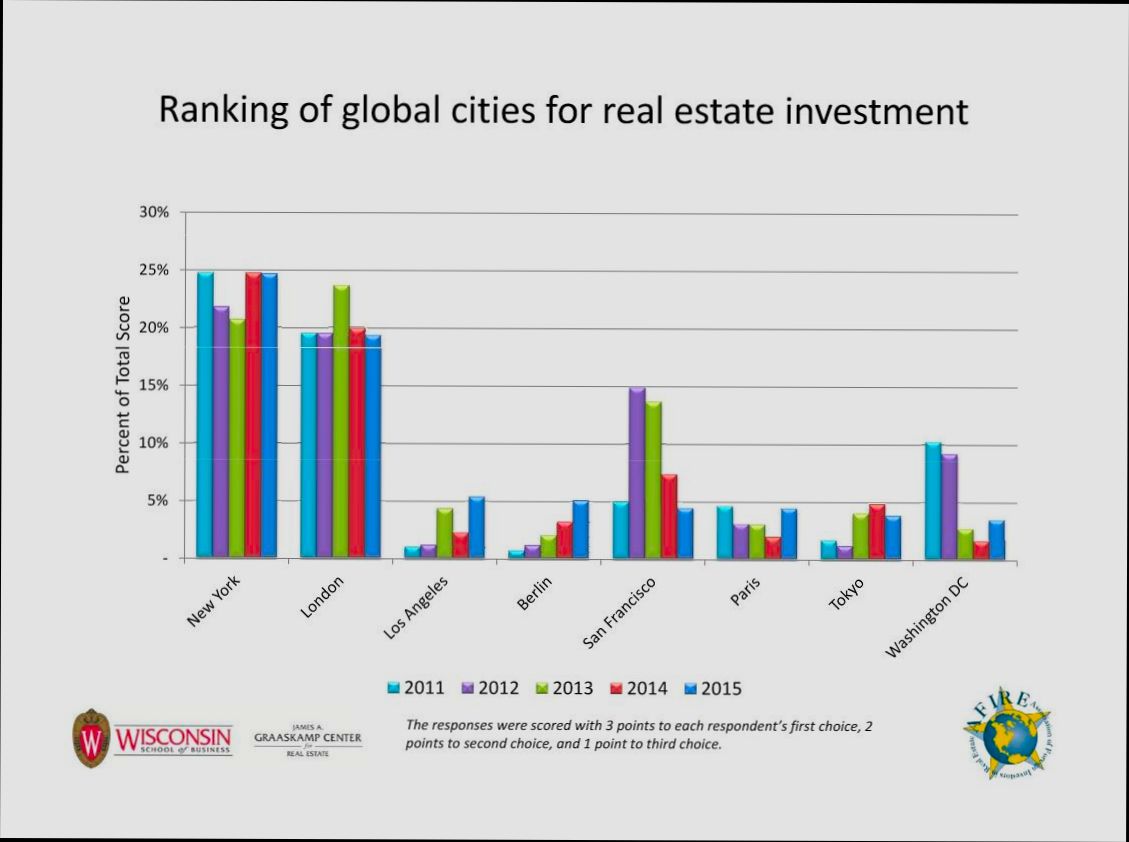
Rental Yields in Major Urban Areas
When considering real estate investment in Germany, understanding rental yields is crucial. Rental yield reflects the return on investment from rental properties, helping us gauge market health and future earning potential. Let’s explore some insights on rental yields across various German urban areas, diving into significant data that shapes your investment decisions.
Key Data Points on Rental Yields
1. Rental Price Trends:
- Major cities like Berlin show a rent index around €2,018, with a year-over-year rent growth of 3.05%. This steady growth indicates a healthy rental market.
- Munich boasts a slightly higher rent index of €2,130 and a year-over-year rent increase of 4.2%, making it an attractive city for rental investors.
2. Gross Rent Multiplier (GRM):
- Berlin’s gross rent multiplier stands at 14.01, suggesting that it would take approximately 14 years for gross rents to equal the property purchase price. This ratio is relatively competitive.
- Munich’s GRM is slightly higher at 14.36, reflecting that despite higher property prices, the rental income remains compelling.
3. Home Value Index:
- The home value index in Berlin is approximately €367,034, while Munich has an index of €377,936. Both figures indicate elevated property values but are supported by strong rental demand.
4. Population Growth:
- Munich’s population growth from 2013 to 2023 was an impressive 22.39%, indicating an increasing demand for rental properties.
- Berlin also performs well with a population growth of 15.78%, underlining its appeal and the potential for future rental yield improvements.
Comparison of Rental Yields
| City | Rent Index | YoY Rent Growth | Home Value Index | Gross Rent Multiplier | Population Growth (2013-2023) |
|---|---|---|---|---|---|
| Berlin | €2,018 | 3.05% | €367,034 | 14.01 | 15.78% |
| Munich | €2,130 | 4.2% | €377,936 | 14.36 | 22.39% |
This table highlights the rental dynamics within these cities. Both cities have strong rent growth and impressive population increases, making them sound options for rental investors.
Real-World Examples
Investors in Berlin are often drawn to areas like Kreuzberg and Friedrichshain, where vibrant lifestyles attract young professionals, driving rental prices up.
In Munich, neighborhoods such as Schwabing have seen not just skyrocketing property prices but also consistent rental demand, leading to sustained yield increases.
Practical Implications for Investors
When evaluating rental yields in major urban areas, consider the following:
- Look for cities with steady rental growth and strong economic indicators, as they often lead to better yields.
- Assess the GRM carefully; lower numbers generally indicate more favorable rental profitability.
- Pay attention to population growth trends, which provide insights into future rental demand.
Actionable Advice
As you explore rental investment opportunities, focus on cities with strong, upward rental trends and reasonable GRMs. Make informed decisions based on these metrics to enhance your property portfolio’s performance in the dynamic German real estate market.
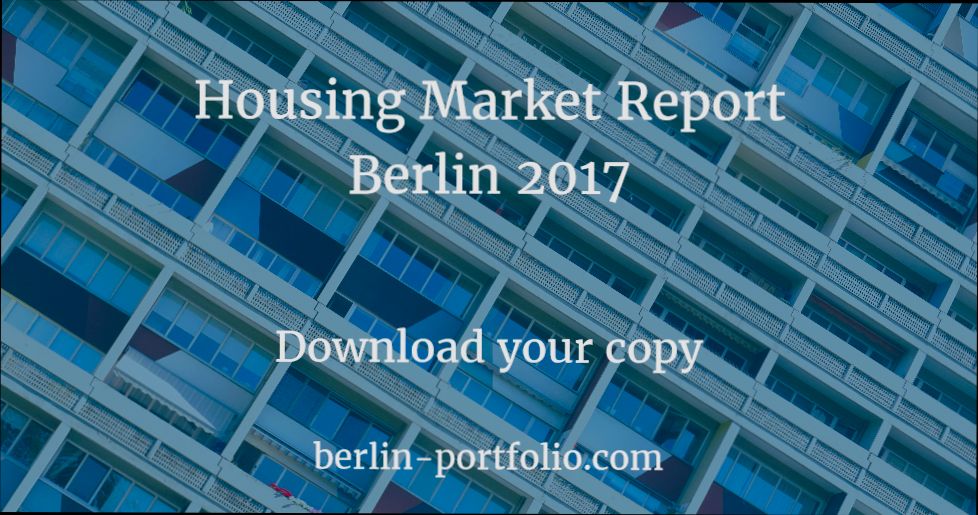
Advantages of Investing in Leipzig
Investing in Leipzig offers unique advantages that can significantly enhance your real estate portfolio. With a blend of economic growth, cultural vibrancy, and strategic location, this rapidly expanding city stands out as a prime spot for property investment.
Economic Growth and Job Opportunities
Leipzig’s economy has doubled in size since 2000, reaching EUR 28 billion in 2023. This strong growth reflects a stable environment for property investors. Here’s why:
- Robust Employment Base: Major companies such as Porsche, BMW, and Amazon have solidified their presence in Leipzig, contributing to a diverse job market.
- Low Unemployment Rate: The city’s unemployment rate remains significantly lower than other Eastern German regions, ensuring a steady demand for housing.
- Startup Hub: Leipzig ranks as the 5th strongest startup hub in Germany, attracting innovative talent and further diversifying economic opportunities.
Attractive Real Estate Market
When it comes to real estate prices, Leipzig is notably more affordable compared to major cities like Berlin and Munich, offering potential for substantial returns:
- Property Appreciation: As the city continues to grow, property values are expected to appreciate consistently, driven by increasing demand from a young and dynamic population.
- Rental Demand: With a high influx of students and professionals, rental demand is rising steadily. This creates a reliable stream of rental income for property owners.
| Feature | Leipzig | Berlin | Munich |
|---|---|---|---|
| 2023 Economic Size (EUR) | 28 billion | 127 billion | 118 billion |
| Average Property Price (EUR/m²) | 2,700 | 4,600 | 5,750 |
| Projected Rental Yield (%) | 4.5% | 3.5% | 3.0% |
| Population Growth Rate (%) | 2.1% | 0.8% | 0.5% |
Case Studies of Success
Investors who recognized Leipzig’s potential early have seen remarkable results. For instance, consider a group of savvy investors who entered the market in 2018 when prices were considerably lower. Their investments in residential properties yielded an impressive return of over 20% in just five years as the city’s development and population surged.
Another investor acquired a mixed-use property in a burgeoning neighborhood, capitalizing on the city’s cultural revival and infrastructure projects. This strategy led to a steadily growing rental income, significantly exceeding initial expectations.
Practical Insights for Investors
As you contemplate investing in Leipzig, keep these actionable insights in mind:
- Focus on Emerging Neighborhoods: Identify areas undergoing revitalization or infrastructure improvements; these are likely to see the most appreciation.
- Leverage Local Knowledge: Work with local real estate agents who understand the nuances of the Leipzig market to find the best opportunities.
- Consider Multi-Use Properties: Investing in multi-use spaces can attract diverse tenants and maximize rental income potential.
Specific Facts to Consider
- Cultural Appeal: Leipzig boasts a rich infrastructure of cultural institutions, making it appealing not just for long-term residents but also for short-term tenants seeking a vibrant lifestyle.
- Future Development Plans: Keep an eye on the INSEK Integrated Urban Development Concept for Leipzig 2030, as planned developments will create additional residential and commercial opportunities, further driving the market.
These insights demonstrate that investing in Leipzig can be both financially rewarding and strategically sound. Take advantage of the city’s growth and emerging market potential to cultivate a successful real estate investment portfolio.
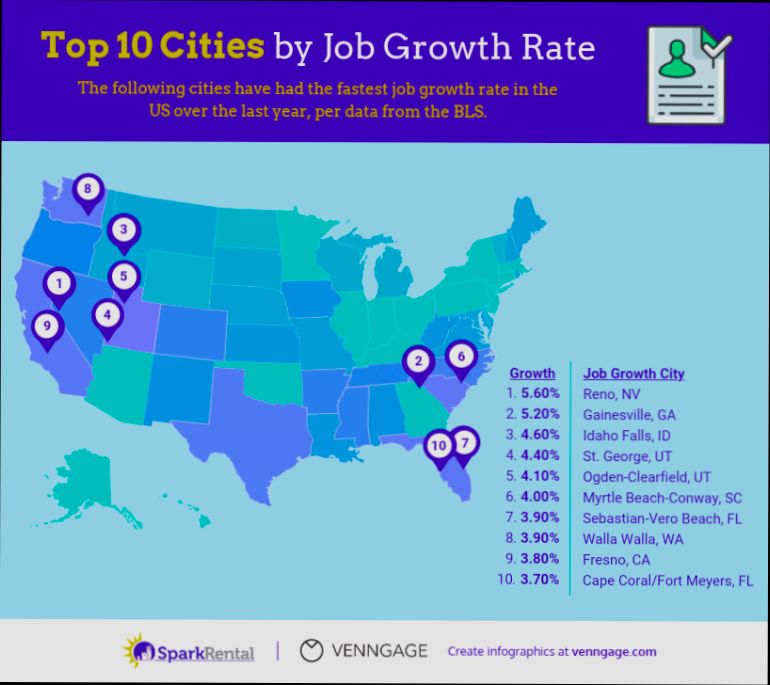
Challenges Faced by Investors Today
Investing in real estate in Germany can be a rewarding venture, but it’s not without its obstacles. As we navigate the current landscape, several challenges have emerged that could impact your investment decisions. Understanding these hurdles is crucial for making informed choices in today’s market.
Key Challenges
1. Supply Chain Disruptions
- The construction sector is grappling with slow activity, as seen in 2024, where new housing completions fell significantly below the federal goal of 400,000 units per year. The shortage in construction exacerbates the supply-demand imbalance, complicating investment opportunities.
2. Rising Construction Costs
- Investors face the challenge of escalating costs in construction materials and labor. Rising construction costs have made it increasingly expensive to develop new properties, impacting the overall returns you might expect on investments.
3. Tightening Financing Conditions
- Securing financing has become more difficult as banks tighten their lending criteria. This shift leads to higher interest rates and stricter loan conditions, which can impede your purchasing power as an investor.
4. Regulatory Changes
- The lead-up to the 2025 federal elections means potential shifts in housing policy and regulations. Investors need to stay informed as new policies could affect property taxes, tenant rights, and zoning laws, all of which can directly influence investment outcomes.
5. Uncertainty in Rental Markets
- Although rental demand remains strong, fluctuations based on changing demographics and economic conditions could lead to volatility. Investors must be prepared for potential declines in rental yields in some regions if economic pressures persist.
| Challenge | Key Statistics | Implication for Investors |
|---|---|---|
| Supply Chain Disruptions | New housing completions < 400,000 units/year | Limited property options |
| Rising Construction Costs | Increased expenses impacting new developments | Decreased return on investment (ROI) |
| Tightening Financing Conditions | Higher interest rates and stricter loans | Reduced purchasing power |
| Regulatory Changes | Potential policy shifts before the 2025 elections | Uncertain investment environment |
| Uncertainty in Rental Markets | Fluctuations in rental demand | Possible volatility in rental yields |
Real-World Examples
In 2024, many investors reported challenges in securing timely building permits which fell by 27%. This delay not only strained timelines for project completion but also increased holding costs for existing properties. For instance, developers in urban areas like Berlin faced significant hurdles obtaining permits for new residential units, ultimately impacting rental supply.
Additionally, as rising costs dampen potential profits, some investors are shifting focus to energy-efficient properties. These adaptations could potentially yield better resilience against future cost increases.
Practical Implications
Understanding these challenges helps you navigate the complexities of the German real estate market. Consider diversifying your portfolio to include properties in regions with less competition, where demand still outpaces supply but construction activity remains manageable.
Stay updated on regulatory changes by subscribing to real estate news outlets or joining local investor groups. Networking with other investors can also offer insights into navigating financing hurdles.
This evolving landscape requires investors to be agile and proactive. Experiment with innovative financing models such as partnerships or syndicates to mitigate funding challenges. Be strategic in your approach, as the ability to adapt to prevailing challenges will be key to your investment success.
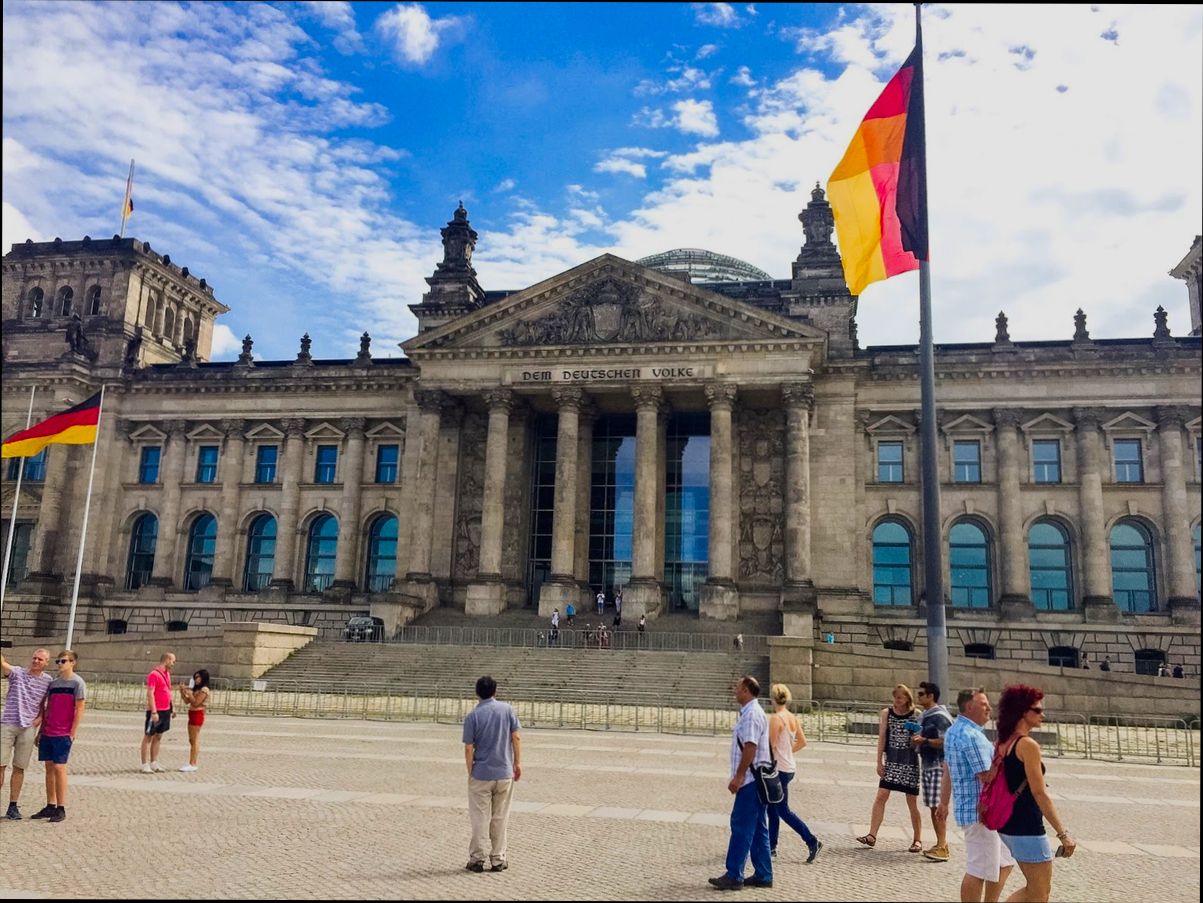
Future Trends in German Real Estate
As we navigate through an ever-evolving real estate landscape in Germany, understanding future trends is crucial for potential investors. Several transformative factors are shaping this market, with insights drawn from recent data shedding light on what investors can expect moving forward.
Key Trends Shaping the Future of German Real Estate
1. Green Building Investments
In 2022, Germany witnessed a surge in investments towards certified green buildings, totaling €11.2 billion. This trend is expected to continue as sustainability becomes a driving force within the real estate sector.
2. Demographic Shifts
By 2030, the number of individuals aged 67 or over is projected to reach 20 million, an increase of 4 million. This demographic trend will lead to heightened demand for specialized housing solutions that cater to retirees, such as senior living facilities and accessible apartments.
3. Social Housing Initiatives
The German government is committing €14.5 billion towards social housing by 2026. This move aims to address the growing need for affordable housing options in urban areas, making investments in such developments particularly appealing for the future.
4. Rental Market Demand
As only 51% of households in Germany own their homes, the rental market remains robust. With more people opting for renting over buying, the demand for rental properties is expected to rise, particularly in major cities.
5. Technological Integration
The integration of technology into real estate is booming, with a projected revenue jump from USD 4,302.3 million in 2023 to USD 5,524.9 million by 2030. This shift reflects a growing preference for smart homes and tech-driven real estate solutions among potential tenants and buyers.
| Trend | Current Status | Future Projections |
|---|---|---|
| Green Building Investment | €11.2 billion in 2022 | Continued growth due to sustainability |
| Senior Population | 20 million by 2030 | Increased focus on senior living options |
| Social Housing | €14.5 billion by 2026 | More affordable options in urban areas |
| Rental Demand | 49% of households own homes | Rising rental market due to ownership decline |
| Tech Integration | $4,302.3 million in 2023 | Expected to reach $5,524.9 million by 2030 |
Real-World Examples of Transformative Trends
- Green Buildings: The success of Berlin’s green housing initiatives serves as a prime example, where sustainable developments have attracted significant investor interest and enhanced urban living conditions.
- Social Housing Projects: Cities like Munich are already in the planning stages for social housing, drawing on the €14.5 billion government investment to foster inclusivity.
- Rental Property Growth: In cities such as Frankfurt and Stuttgart, rental properties are experiencing heightened demand as residents place a premium on flexibility and urban living.
Practical Implications for Investors
- Emphasize sustainability in investment strategies. Seek properties that prioritize eco-friendly features to meet growing tenant desires.
- Monitor demographic trends closely. Investing in properties that cater to the aging population can yield lucrative returns as demand shifts.
- Consider participating in social housing projects funded by government initiatives. Not only do these offer stable returns, but they also align with societal needs.
Focus on these actionable insights and stay informed about impending shifts within the German real estate market, setting yourself up for success in future investments.





